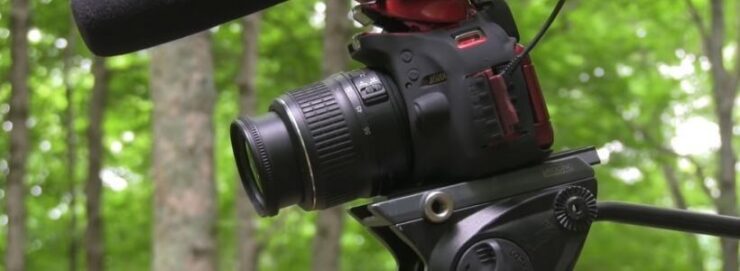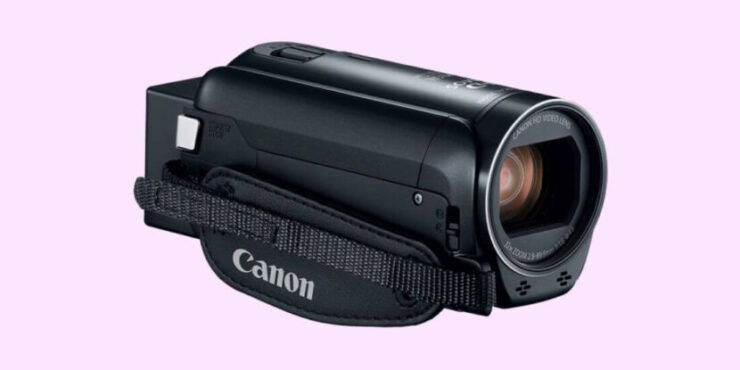Travelling and hunting solo has become the newest and most adventurous trend of all time. Especially when it comes to hunting, the thrill cannot be described in words. The best part about experiencing a hunt is also capturing it. Although you might have never considered capturing your hunt yourself, it’s not too late to start now.
The technology and equipment facility of the modern age has made it a lot easier to film your entire hunt on video. With the aid of specialized self-filming tools, you can rewind those moments at the palm of your hand. So, if you want to learn how to film your hunts, you’ve come to the right place.
Reasons to Self-Film
Although there are so many reasons why you should consider it, the most important one is preserving it as a memory. Proud hunters always feel enthusiastic when it comes to sharing the moments with their close ones.
When it comes to professional hunters, every shot is a commitment. When you self-film your hunt, you can determine the shot placement on the animal. You can learn from your mistakes and take pride in the best shooting angles. Rewinding the footage to observe the hitting point can be effective in the next hunt.
Basic Equipment
When you’re thinking about self-filming your hunt, getting the right equipment is the best way to start. Without the right gear, your expedition cannot be fruitful. To make your job easier, we’ve categorized some of the tools essential for the job:
• The most important thing is, of course, the camera. It can be a professional DSLR, a POV-style camera, or the most popular tool, the Camcorder.
• Tree arm including a base, a tripod
• Camera light and extra battery in case you run out
• Shotgun and Wireless mic
• Lens cleaning microfiber cloth
Choosing the Best Gear

When it comes to choosing the best gear, you need to set your priorities, depending on what you’re aiming for. A good camera with a quality lens and microphone are the basic tools you will need. But your best shot depends on what kind of tools you go for eventually.
Camera
When it comes to choosing a camera, there are various options available. Your choice should be made based on your preferred recording style, the specifications you want as well as the budget. Camera options are usually limited to a camcorder, DSLR, and POV-style GoPro cameras.
You can opt for one of these three or choose more than one depending on your style and preference.
A standard video camera with a built-in superzoom function, autofocus, reasonable in budget and can shoot 4K will be the best option. Some of these cameras are Sony Handycams, Canon XA10, Canon G7x, Sony a6500, Sony RX 100, and Panasonic Lumix FZ1000. If you’re just starting, these options are more than enough for you.
Go-Pro cameras are small action cameras, and they are very popular right now for their lightweight appearance. These cameras can be mounted easily by minimum accessories and are perfect for simply capturing your hunt.
But if you want a more professional shot, these are not the very best out there. They lack the skill of superzoom and come with low-quality audio. For such reasons, DSLR or mirrorless cameras are usually the best cameras for self filming hunts.
Lens
The lens is another effective part when it comes to shooting. Although most video cameras come with built-in lenses, you can expand your film game by going with your preferred lens with DSLR and mirrorless cameras. Most cameras come with 18-55mm or 18-135mm kit lenses, and these lenses provide a fair range.
But if you want a more sharp shot at a lower aperture, additional lenses like a 16-35mm, 24-70mm and a 70-200mm would be perfect. The selection usually depends on the modes you want to film in, be it a wide landscape or for filming animals at a far-off location.
An aperture of f/2.8 or f/3.5-5.6 or, in most cases, lower than 2.8 provides the dream shots of hunting experience.
Microphone
Audio contributes as much as the video does when you’re self-filming your hunt. Although videos can be solely made without audio, the addition of dialogues and the sounds of wild experience makes it a thousand times better.
Built-in mics are usually available with most point and shoot cameras, but you can always add higher quality microphones with DSLR cameras. Rode Videomic Pro, Movo VXR10, Comica CVM-V30 are some noteworthy options.
How to Film Your Hunts
With the right gear, the final step is filming the hunt. Here are some pro tips to keep your game strong-
Get Your Camera Steady
Keeping your camera accessible and steady is the primary step in filming. Hastening to set the equipment only when you spot the animal will not be effective. Thus, you should be ready in all situations.
Tell Your Story
For a perfect film, make sure you tell the story when it’s happening. A good film is made with the dialogues and directions along with the ongoing video. Include the peaks and valleys of the entire hunt, starting from stalking the animal and ending with the exact shot of the hunt.
These moments make a great film in the end. A brief interview after the hunt can also be effective in creating a highlight of the video.
Prepare a Base
To make your video more steady and stable, it is very important to stick with a stabilization device like camera arms. Tree arms with a base are great options for beginners.
Use Manual Focus
Although many hunters prefer an autofocus setting, what changes the whole game is the manual focus setting. When it comes to manual focusing, practice is the key. Over time and with ample practice, you will become accustomed to the key setting and be amazed at how different the shots turn out!
Be Creative
Finally, what makes your video unique is your creativity. Practice variable positions and angles, as well as the lighting adjustments. It’s not always the complex shots that make a film great but the most creative ones.
Conclusion
Bringing it to an end, self-filming your hunts can be a versatile experience. Accompanied with the right gear and some pro tips can help you to achieve the best results. So, even if you’ve never considered self-filming your hunts, it’s still a great time to begin and enjoy the experience!

